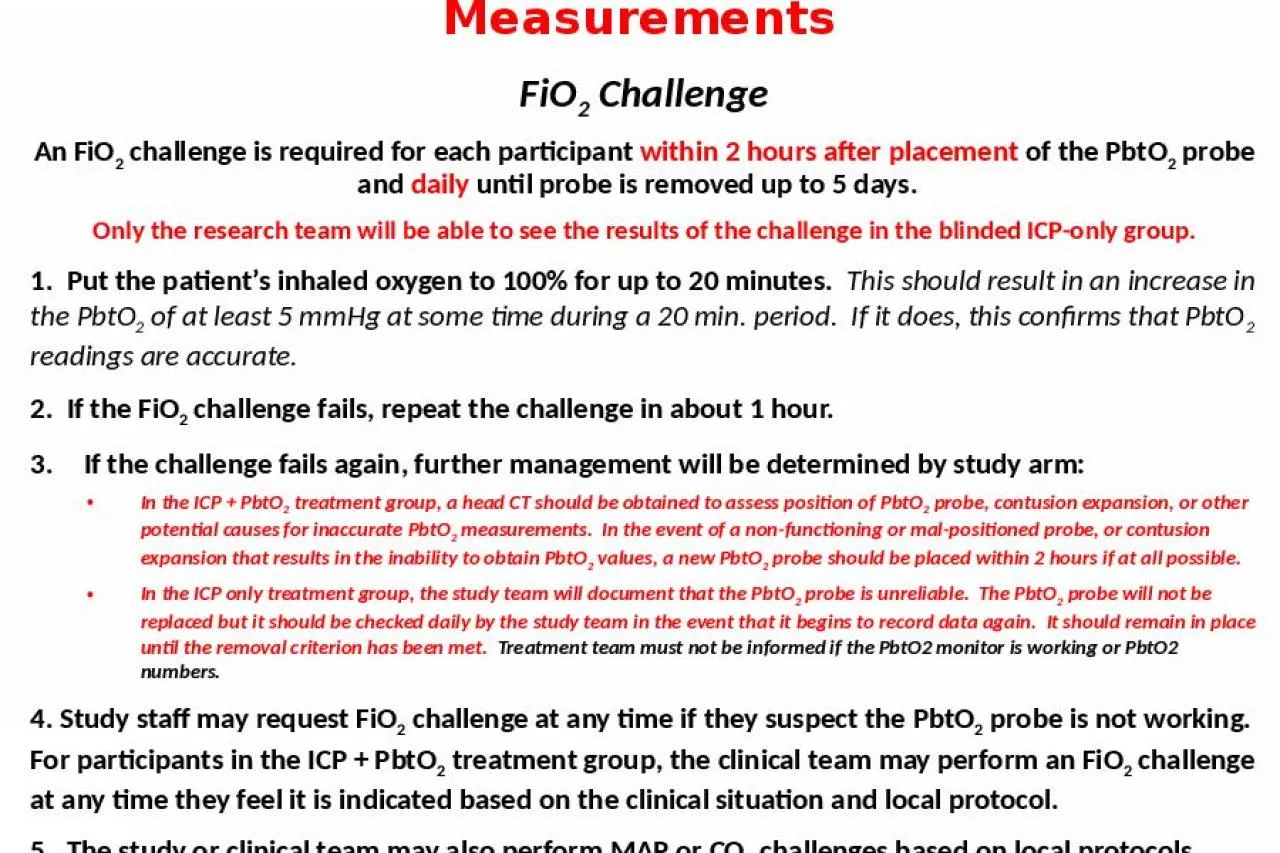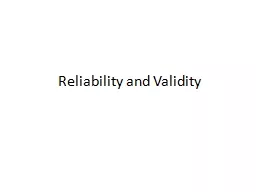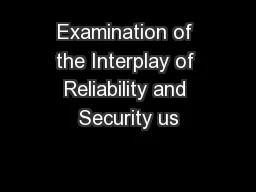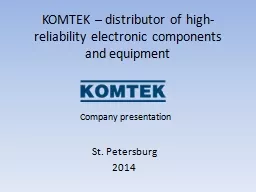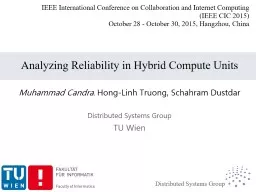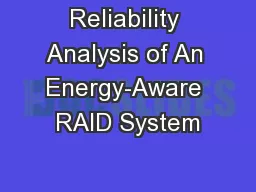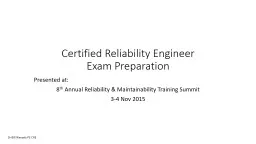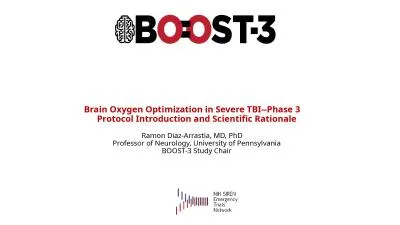PPT-Procedures to Check Reliability of PbtO
Author : phoebe | Published Date : 2024-02-09
2 Measurements FiO 2 Challenge An FiO 2 challenge is required for each participant within 2 hours after placement of the PbtO 2 probe and daily until probe is
Presentation Embed Code
Download Presentation
Download Presentation The PPT/PDF document "Procedures to Check Reliability of PbtO" is the property of its rightful owner. Permission is granted to download and print the materials on this website for personal, non-commercial use only, and to display it on your personal computer provided you do not modify the materials and that you retain all copyright notices contained in the materials. By downloading content from our website, you accept the terms of this agreement.
Procedures to Check Reliability of PbtO: Transcript
Download Rules Of Document
"Procedures to Check Reliability of PbtO"The content belongs to its owner. You may download and print it for personal use, without modification, and keep all copyright notices. By downloading, you agree to these terms.
Related Documents

